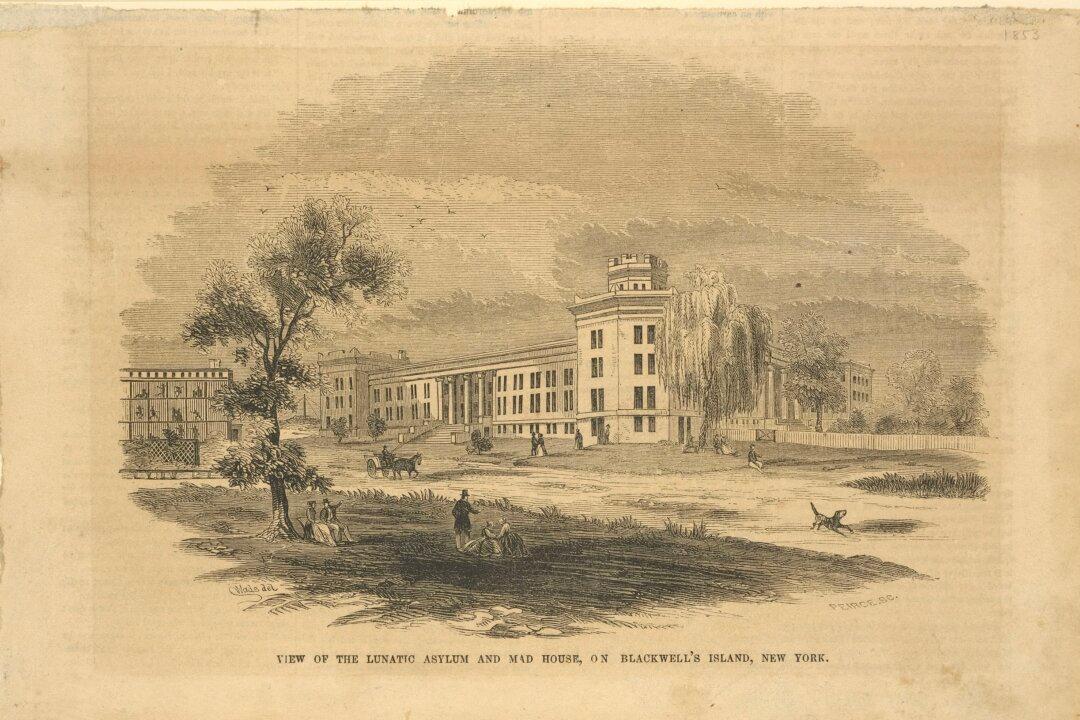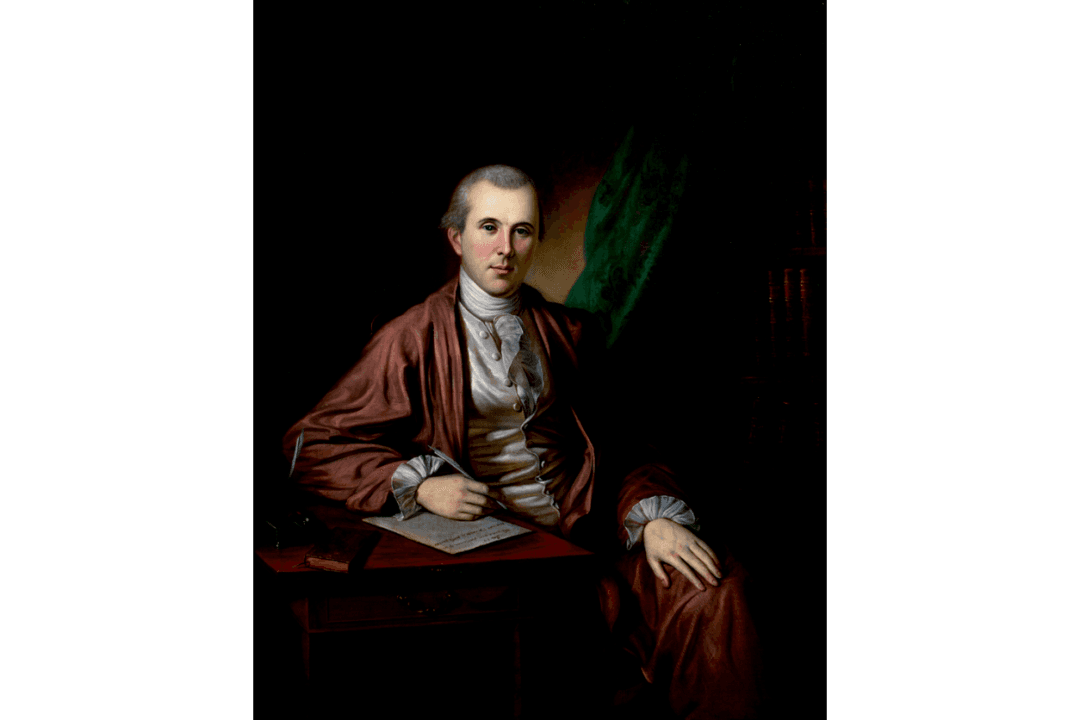In 1887, Nellie Bly boarded the boat with the other patients bound for Blackwell’s Island, now known as Roosevelt Island. Their stay in the filthy cabin was mercifully short, and soon they crossed the East River and disembarked. After an ambulance ride, Bly and the others found themselves ushered into the stone buildings of the insane asylum. Unlike the others interned at the asylum, however, Bly came by choice. As an undercover reporter, she planned to witness the rumored abuses at the asylum firsthand and expose them.
“I had some faith in my own ability as an actress,” Bly later wrote. “Could I pass a week in the insane ward at Blackwell’s Island? I said I could and I would. And I did.”





